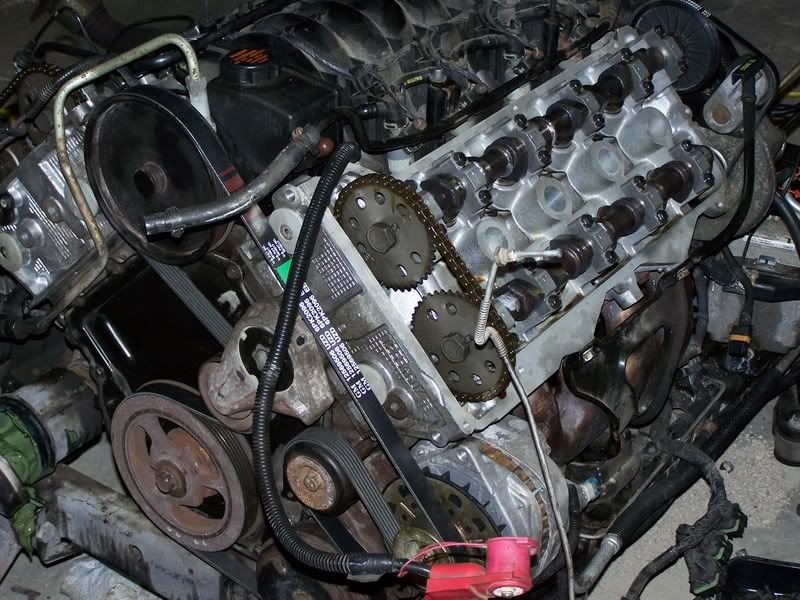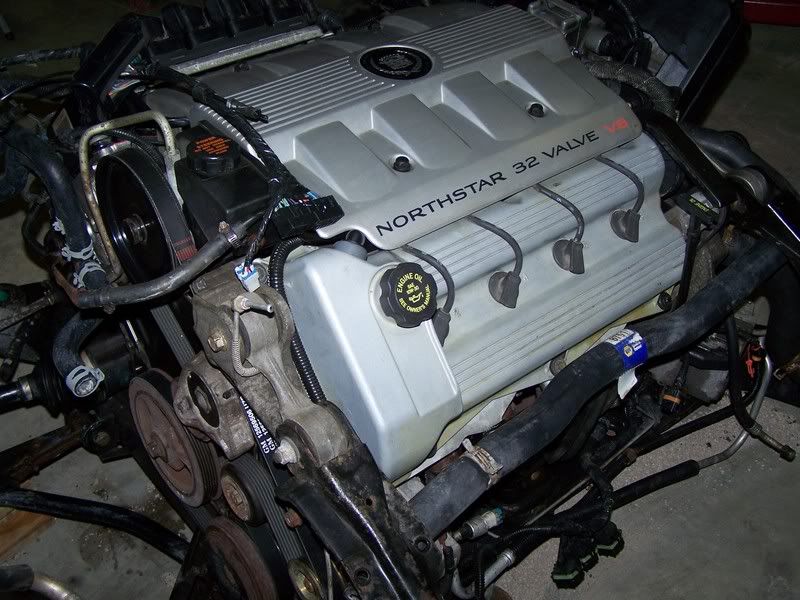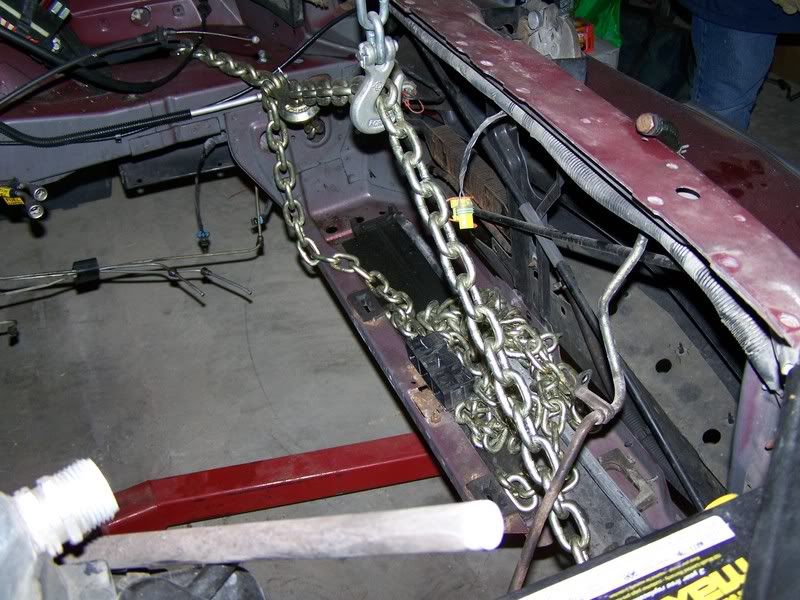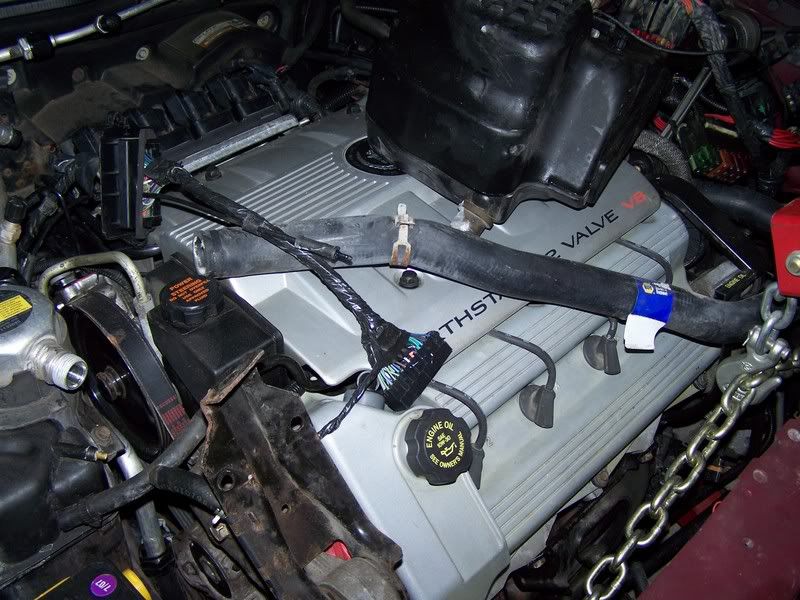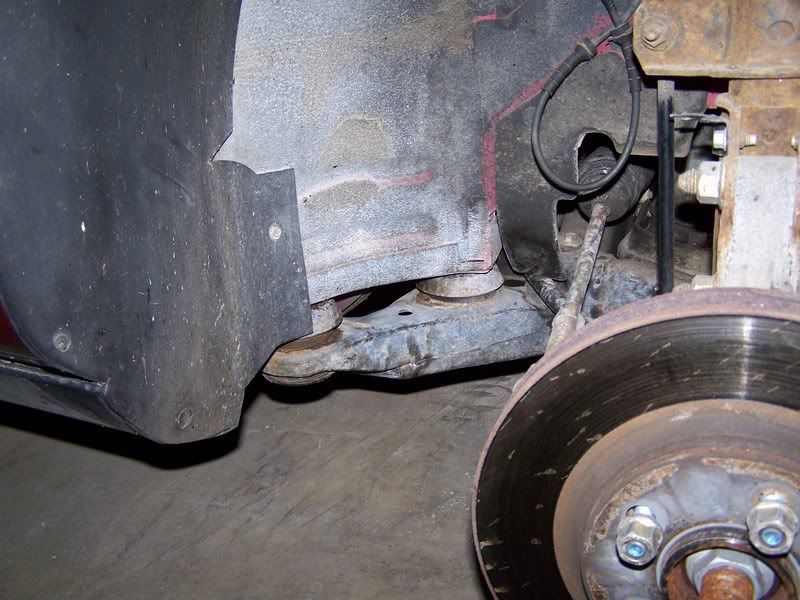Not a performance project this time, but I am saving my Father-in-laws Caddy. It has the 32 valve Northstar, which is a great engine, until... About 70 % of them will at some time develop head gasket failure and start overheating. Dealerships want up to $5500 to do this job, so I took it over as he is on disability, etc...
There are some interesting aspects to this one so here is my photo essay of the project so far.
The patient:

No clearance to access anything. Very tight quarters prompting the dealership mechanic to state he'd rather put his fingers in a meat grinder than do this job! Rear head, of course the one with high leakdown #'s is against the firewall, so engine removal is the best way to do the gaskets.
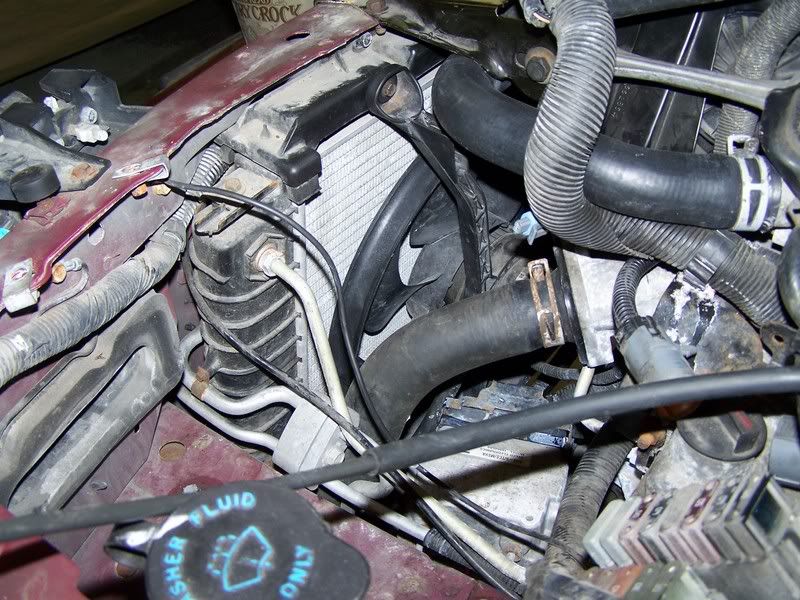
Ok, now I can get to everything. This was about 6 hrs into the job, only 45 minutes of that was actually structural work, the rest is stupid unhooking stuff. Comes out the bottom on a cradle, JUST like a Ferrari. I'm sure the GM design engineers were mad at the service techs for some reason when they designed this and located all the clamps and fittings.

Finding TDC before dissassembly. Chains, JUST like a Lamborghini:
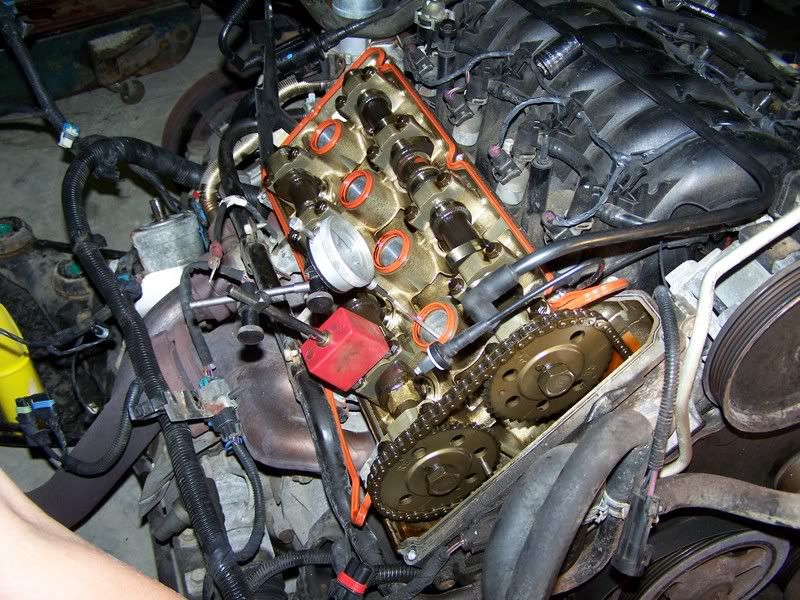
Intake and head off. Note starter location, unusual for a domestic car. Cleaning and rebuilding things like that while at it and have access to avoid headaches later on:
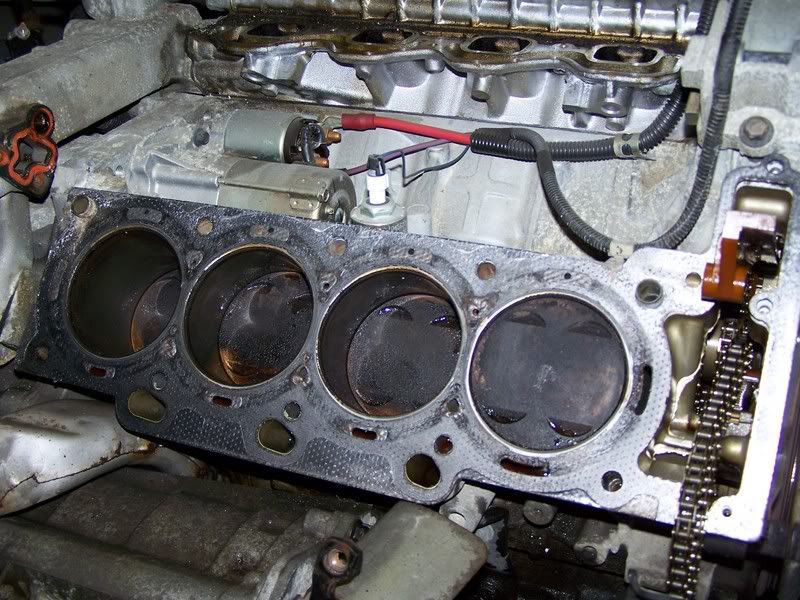
Heads fresh back from the machine shop. Fresh valve job. Milled flat, but were not too bad despite some serious cycles of overheating. The car saw 260 degrees a couple times but has a limp home mode so it can run without water, randomly selecting cylinders to fire while air cooling the others.
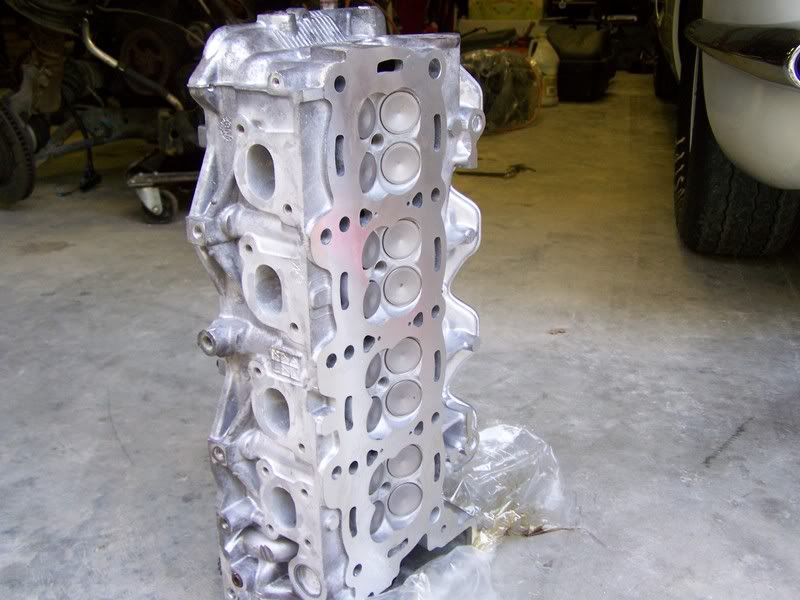
Here is the Northstar issue. With only 10 head bolts into the aluminum block, a loss of clamping power by stressed threads, corosion, etc... causes combustion air to enter the nearby water passages. They don't leak or use water, just the burn overheats the water, then blows it all out the overflow tank. Here the gasket show rust on the cylinder sealing rings indicating water has been there. The engine showed good compression on a gauge because the leak is so tiny, but the leakdown test indicated this is one of a few cyls that had a problem. The car would idle ok for hours, but drive it at speed or up a hill and she would puke.
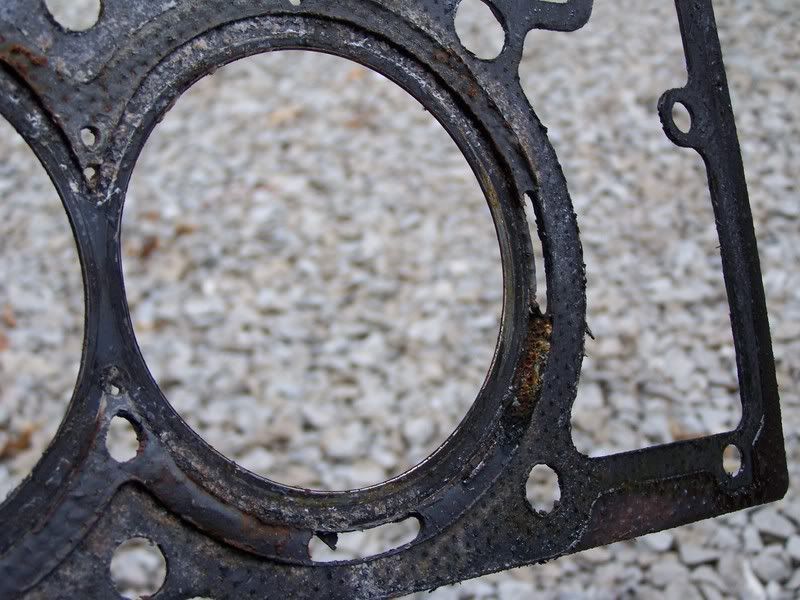
The solution, install a "Timesert" thread repair system in every hole. This job is so time consuming that you want to do all 20, even if the threads look good, because you'd cry if it failed again in 5K miles. This will make it better that new. First a special bit with a stop and stepped profile cuts a new hole thru a centering jig plate and bushing:
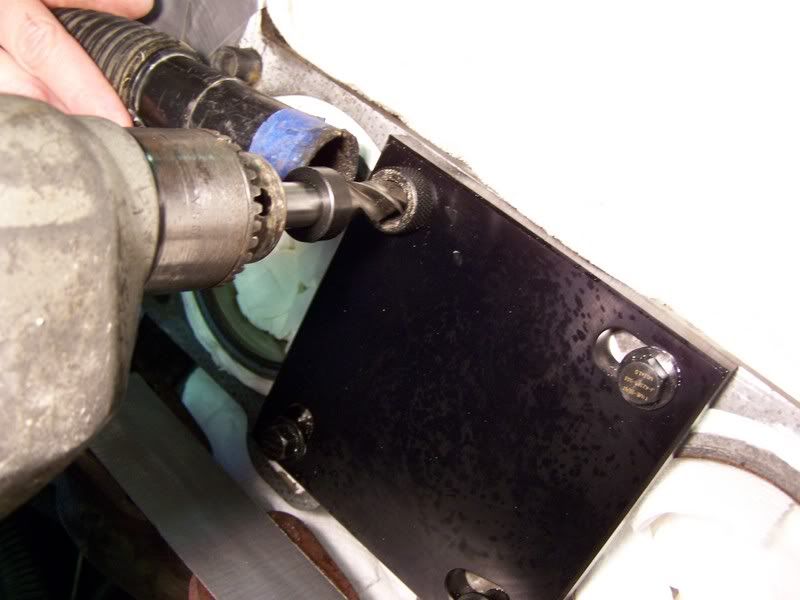
Clean out the new hole:

Tap hole with threads to match the O.D. of a new thread insert with aggressive outside threads. Run tap in until groove on tap reaches the top of the alignment bushing:
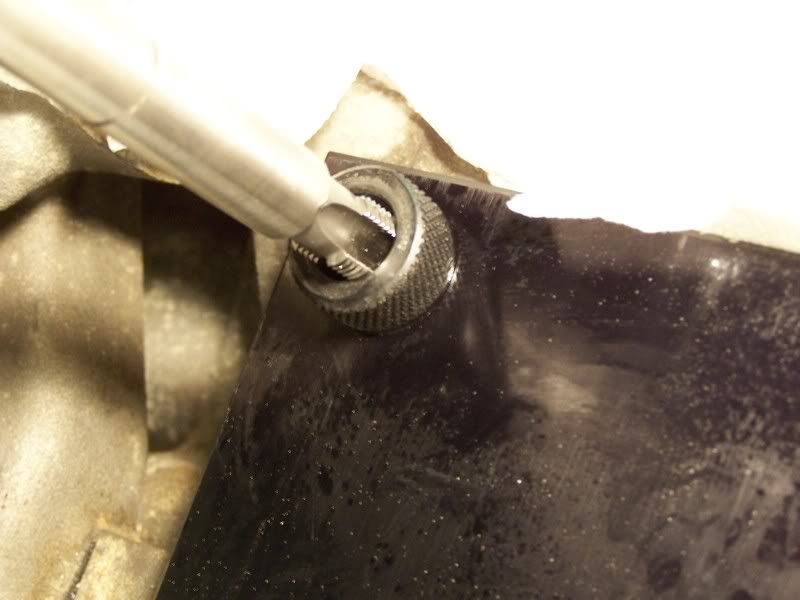
Next, Mrs. SMS (SMS by the way stems from my days of running Sewall Motorsports, turning wrenches and restoring cars) calls from the house and says to look outside, 2 deer are working down toward the garage. I guess my language and air tools don't scare them off. I needed a break here anyway.

Back to work, STEEL insert on driver, Loctite on threads:

Run it into drilled hole. Flange on top of insert seats on shoulder left from special bit. Idiot proof.
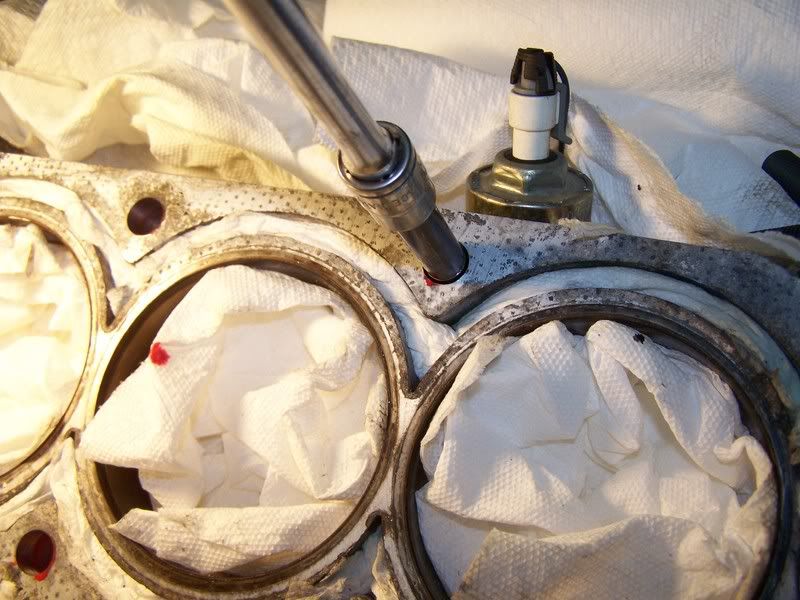
Biggest dissapointment so far, this picture doesn't show very well what a cool little device this is. Oh well, finished hole, steel thread ready for a new head bolt. Like on the LSX motors, bolts are torqued to a low setting (30 on this one) then twisted 60 degrees of rotation 3 times for final tightening, rather that to a torque setting. This more accurately stretches the bolt properly to achieve ultimate clamping power.
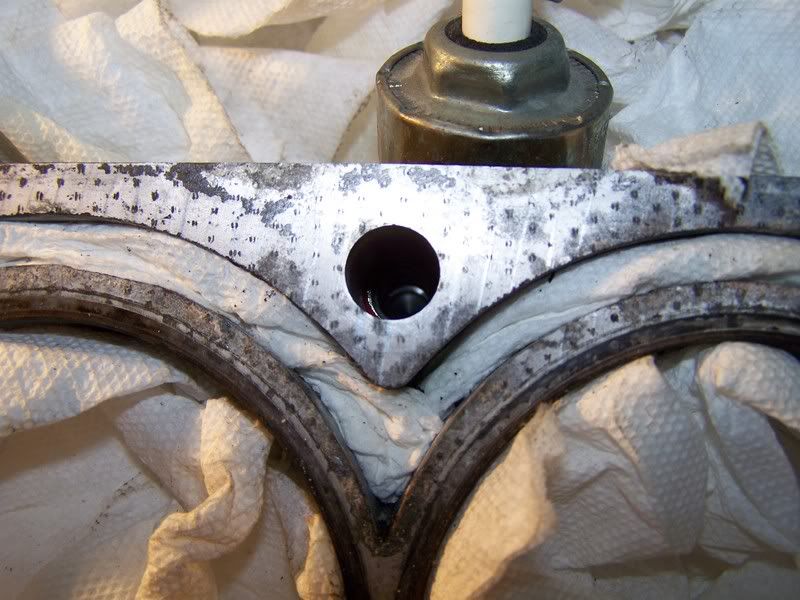
Mocking up for valvetrain alignment:
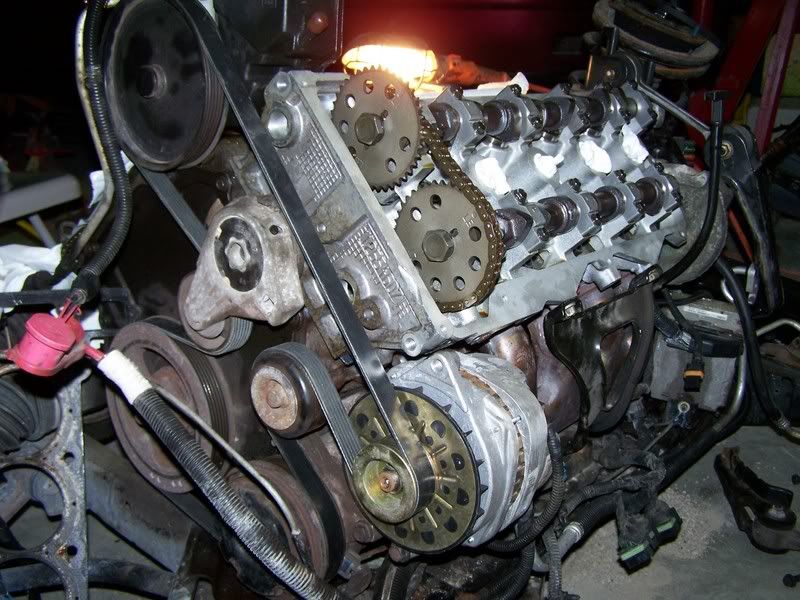
More later after some more shop time.



















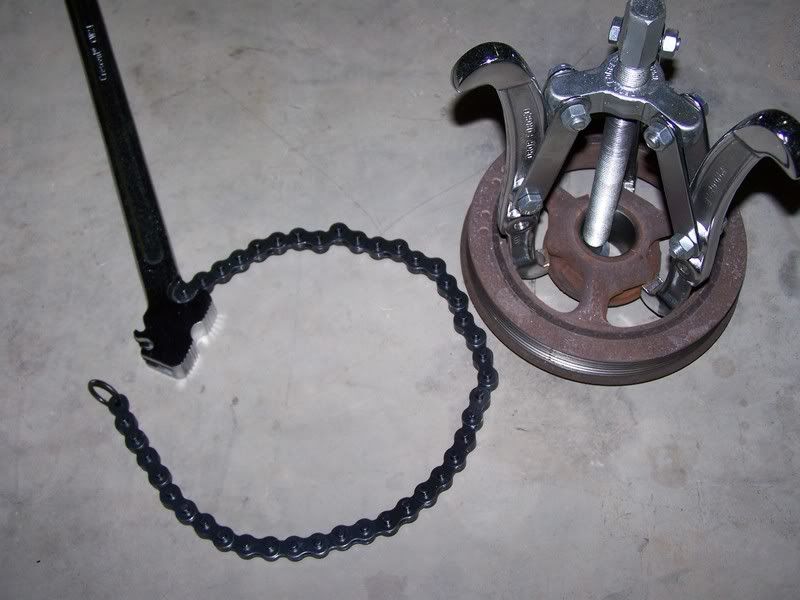

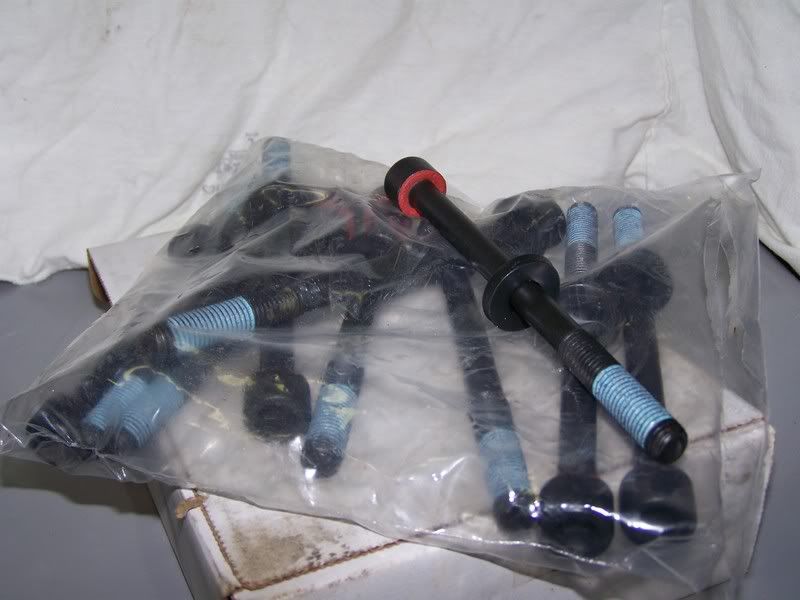





 And it is gorgeous
And it is gorgeous



